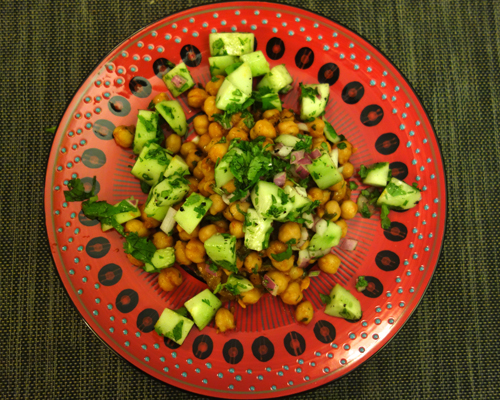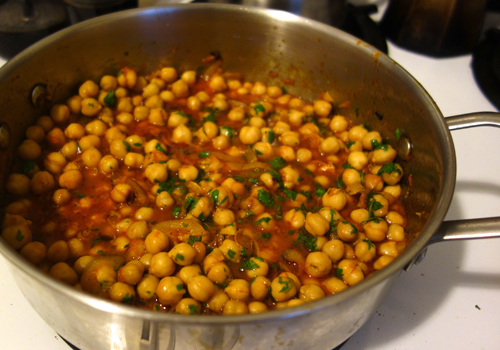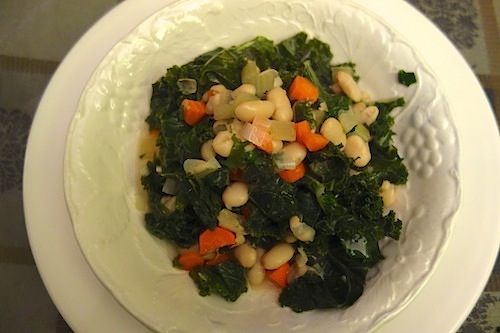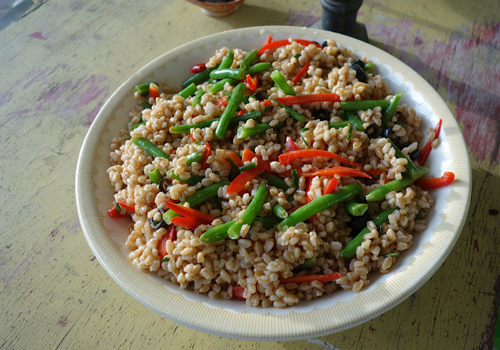It’s not a diet as in “regimen to lose weight.”
It’s a diet in the sense of a customary pattern of eating—in this case, the traditional eating patterns of people living around the Mediterranean Sea.
Documented in the famous Seven Countries Study led by Ancel Keys, MD, in the 1960s, these eating habits (particularly in Crete) were found to have all sorts of health benefits that have been confirmed and expanded on in many subsequent scientific studies. (More about that later).
The word diet, in fact, comes from Greek diaita—literally, manner of living. That sums up the Mediterranean diet perfectly. The food pyramid devised by Oldways, a culinary think-tank that has played a central role in bringing the Med diet mainstream in this country, tells the story.

Moving up from the base of the pyramid, here are the basics:
Sit down to meals with others. Linger over them with friends and family. Dance a little (or a lot). Or walk, run, cycle…
Bring fresh vegetables to the center of your plate. Eat an abundance of plants—vegetables, fruits, grains (mostly whole), pulses (legumes like beans and lentils), nuts, seeds, fruit as daily dessert.
Substitute olive oil for other fats (margarine, butter) as your major fat.
Eat fish, seafood, poultry a couple of times a week (especially fish).
Add some every-other-day-or-so eggs, cheese and yogurt.
Eat red meat less often (a few times a month).
Drink wine with meals (in moderation—one or two glasses for men, one for women), unless it puts you at risk, of course.
You’ll find more details about the Mediterranean Diet Pyramid here.
Choose your flavor. If you take a look at a map of the Mediterranean—and the 15-plus countries along its shores—it’s not surprising that the Med diet expresses itself in all sorts of flavors and cuisines.
The common patterns are there, yes, but they take on the character of many different lands and cultures—North African tagines and couscous, taboulleh and falafel from Lebanon, Egypt, Israel, Greek mezes, Italian risotto, Provençal ratatouille and bouillabaisse, Catalan chickpea and chorizo stew. Clearly, the Mediterranean diet is no one set of dishes, but rather an approach to eating, adaptable to many different tastes and local produce—especially your own. That’s why your local farmers’ market is a good place to start!
One of the best introductions you could get to the Med diet is
The New Mediterranean Diet Cookbook, by Nancy Harmon Jenkins, first published in 1994. I have the revised and updated 2009 edition, which has a foreword by nutrition professor Marion Nestle and an appendix by two longtime researchers on the link between diet and health. Jenkins is a great storyteller and cook. She’s lived and worked in Mediterranean countries for years, and so she brings to life the culture—and shares the recipes—of this world. But her common-sense approach makes it work for this North American cook, too.









Leave a comment